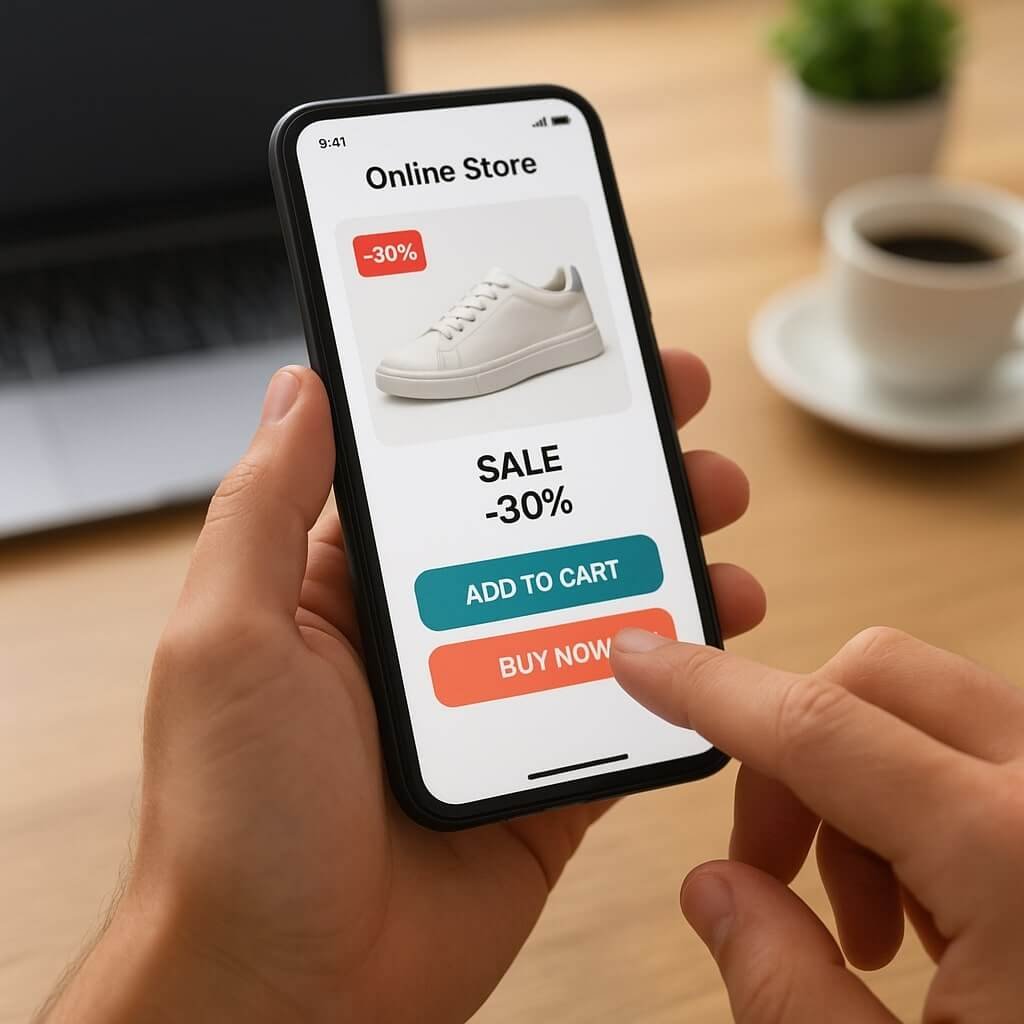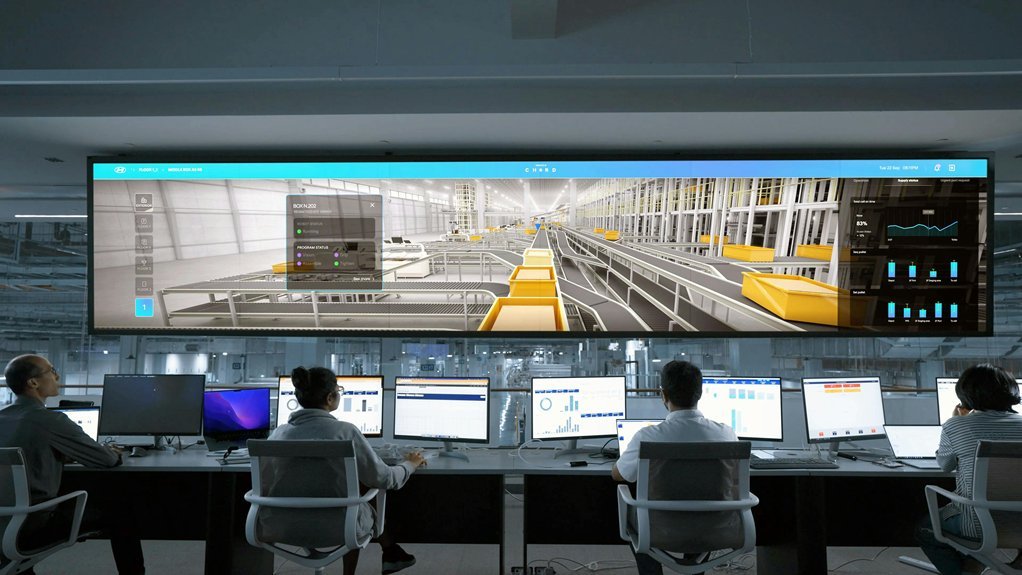In today’s rapidly evolving retail landscape, a one-size-fits-all approach to inventory management just doesn’t cut it anymore. Retailers—from boutique clothing shops to large-scale eCommerce brands—require custom inventory systems that align precisely with their operations, workflows, and customer expectations.
This article will explore the benefits, features, implementation strategies, and FAQs around custom inventory systems tailored for retail businesses, ensuring you’re equipped with all the knowledge needed to make an informed decision.
Why Custom Inventory Systems Are a Game-Changer
Unlike off-the-shelf inventory software, custom inventory systems are designed to meet the specific requirements of your business. Here’s why they matter:
1. Tailored Features for Specific Retail Needs
Whether you run a brick-and-mortar store, an online shop, or both, custom solutions provide:
- SKU-specific tracking
- Multichannel synchronisation (POS, website, third-party sellers)
- Advanced stock forecasting
- Barcode scanning and automation workflows
2. Scalability and Flexibility
As your business grows, your inventory system can grow with you, adding new features, integrations, or locations without needing to migrate systems.
3. Increased Operational Efficiency
Eliminate manual errors and delays. With automation tailored to your processes, you’ll gain real-time visibility into stock levels, order fulfilment, and vendor coordination.
4. Enhanced Customer Satisfaction
Fewer stockouts and faster delivery times lead to improved customer experiences, vital for repeat business and brand loyalty.
Key Features of a Custom Retail Inventory System
When developing a custom inventory management system for your retail business, these features should be high on your list:
- Real-Time Inventory Tracking
- Automatic Reorder Points & Alerts
- Vendor and Supplier Management
- Batch and Serial Number Tracking
- Sales Channel Integration (Shopify, Amazon, WooCommerce, etc.)
- Warehouse & Storefront Coordination
- Mobile Inventory Management
- Detailed Reporting and Analytics
- Multi-location Inventory Handling
- Returns and Refund Processing
How to Implement a Custom Inventory System
A successful implementation strategy can make or break the value of a custom system. Here’s a roadmap to guide your journey:
Step 1: Audit Your Current Inventory Process
Evaluate your existing tools, bottlenecks, and goals. Identify areas where automation or data centralisation can bring the most benefit.
Step 2: Define Your Custom Requirements
List what you need based on your current and future business needs. For instance:
- Do you need real-time synchronisation with eBay and Etsy?
- Do you need to manage inventory across multiple physical stores?
Step 3: Choose the Right Development Partner
Select a developer or tech team experienced in retail system architecture. Look for:
- Industry expertise
- Ability to integrate with your POS, eCommerce, CRM, etc.
- Ongoing support and upgrade options
Step 4: Test, Train, and Deploy
Pilot the system in a controlled environment. Train your staff and gather feedback. Gradually roll it out across all channels once stable.
Benefits for Different Types of Retail Businesses
| Business Type | Seasonal tracking, size/colour variants |
|---|---|
| Fashion Retailers | Marketplace syncing, automated fulfilment |
| Electronics Stores | Serial tracking, warranty integration |
| Grocery Stores | Expiry tracking, batch recalls |
| Home Decor Retailers | Bulky item handling, drop-shipping coordination |
| eCommerce Retailers | Marketplace syncing, automated fulfillment |
SEO Keywords to Target
- Custom inventory management
- Retail inventory systems
- Tailored stock tracking
- Inventory software for a retail business
- Inventory automation for small retailers
- Inventory system integration with eCommerce
Frequently Asked Questions (FAQs)
What is a custom inventory system?
A custom inventory system is a personalised software solution built to meet the unique needs of a business, unlike standard off-the-shelf tools that offer limited flexibility.
How much does a custom inventory system cost?
Costs vary based on complexity, integrations, and scale. Small systems can start at $5,000–$10,000, while enterprise-level builds can exceed $50,000.
How long does it take to implement?
Depending on the scope, implementation can take 1–6 months, including planning, development, and testing.
Can I integrate it with my existing POS or ERP system?
Absolutely. One of the main advantages of custom systems is seamless integration with existing tools like POS, ERP, CRM, or shipping platforms.
Do I need an in-house tech team to maintain it?
Not necessarily. Many businesses opt for a tech partner who provides ongoing maintenance and support.
Will a custom system help reduce stockouts and overstocking?
Yes. By utilising accurate tracking, sales forecasting, and automated alerts, a customised system can significantly reduce costly inventory issues.
Final Thoughts
For modern retailers, custom inventory systems are no longer a luxury—they’re a necessity. They provide the agility, control, and insight necessary to stay competitive in a rapidly evolving retail market.
Investing in a tailored inventory solution is one of the smartest moves you can make to future-proof your retail operations and deliver exceptional customer experiences.






